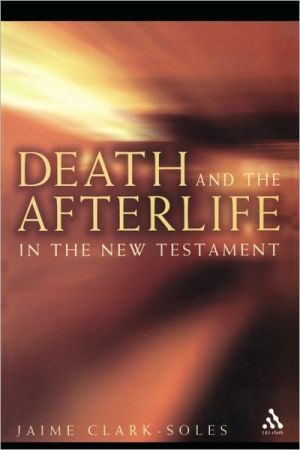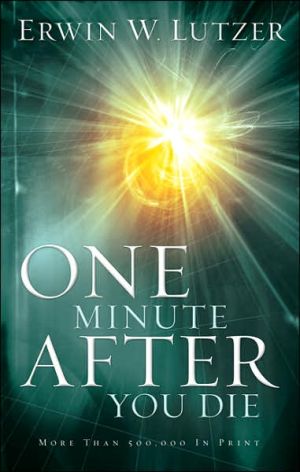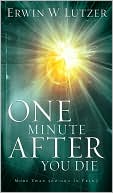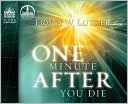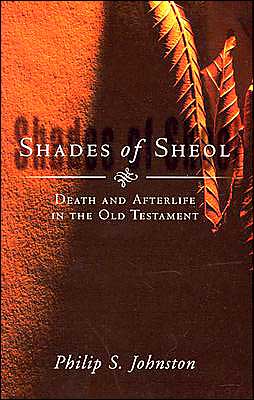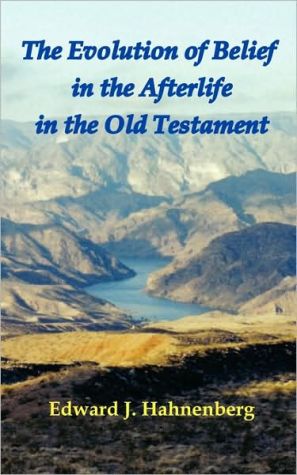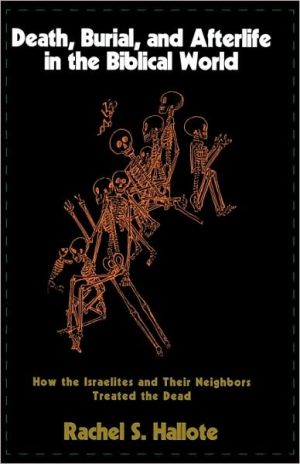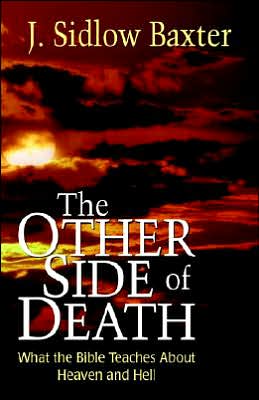Death and the Afterlife in the New Testament
Clark-Soles began this project in order to answer the question, "What exactly does the New Testament say about death and afterlife?" It turns out that it says both more and less than one might hope or expect. By more, she means that every time the subject of death and what happens after death arises, it is clear that the authors' interests far exceed answering that single question. Their comments emerge from the concerns and experiences of living Christian communities, they relate to a larger...
Search in google:
Clark-Soles began this project in order to answer the question, "What exactly does the New Testament say about death and afterlife?" It turns out that it says both more and less than one might hope or expect. By more, she means that every time the subject of death and what happens after death arises, it is clear that the authors' interests far exceed answering that single question. Their comments emerge from the concerns and experiences of living Christian communities, they relate to a larger theological and pastoral agenda, and their primary focus remains life on earth and the proper living of it. The texts say less than one may hope because no author sets out to answer my question directly. There is no systematic theology in the New Testament regarding death and aftelife. Certainly resurrection appears throughout, though differently emphasized and interpreted. Beyond that, the fascinating aspects of the question are in the details of the texts. Therefore, the appropriate question, as it turns out, is not: What does the New Testament say about death and afterlife, but what do various New Testament texts say about it? Others have sought to unify the New Testament witness, glossing over the individual pictures presented by the New Testament authors. Clark-Soles revels in the snapshots of the individuals and am less interested in the family photo. Clark-Soles inquires into the specific language that each author uses regarding death and afterlife. She explores anthropology, cosmology, eschatology, and, where relevant, theology and Christology. Finally, Clark-Soles suggests ways that the stated views function in each situation.
Acknowledgments ixIntroduction 1Backgrounds 9Death and Afterlife in Ancient Judaisms 9Postmortem Existence in the OT: Sheol 18The Formation of Heaven and Hell 19Functions of Divine Judgment in OT Texts 33Greco-Roman Material 35Paul: The Ethics of Death and Afterlife 60Six Main Points 60Paul's Background and Chronology 61Introduction to Pauline Anthropology 63The Promises and Puzzles of 1 Cor 15, Paul's "Classic" Statement 70On 2 Cor 5:1-10 and Phil 1:18b-26 87Believers in Heaven 102The Fate of Unbelievers 103Conclusion 105Death and Afterlife in the Fourth Gospel 110A Conversation with John A. T. Robinson 110The Composition of Human Beings 113The Fate of Human Beings 123Conclusion 131"That to Philosophize Is to Learn to Die" 135The Problem of Death 135The Problem of Death in the Fourth Gospel 137The Fourth Gospel and Epicureanism 137Conclusion 146Death and Afterlife in Matthew 150Introduction 151Matthew's Community 154Matthew's Cosmology 158Matthean Anthropology 159Comparing Anthropological Languages 160Language of Death and Destruction 164Eschatological Scenario 170Conclusion 188Death and Afterlife in the Petrine Texts 192Introduction to 1 Peter 193Death and Afterlife in 1 Peter 194Death and Afterlife in 2 Peter 219Conclusions and Directions for Further Research 222Bibliography 229Index 250
